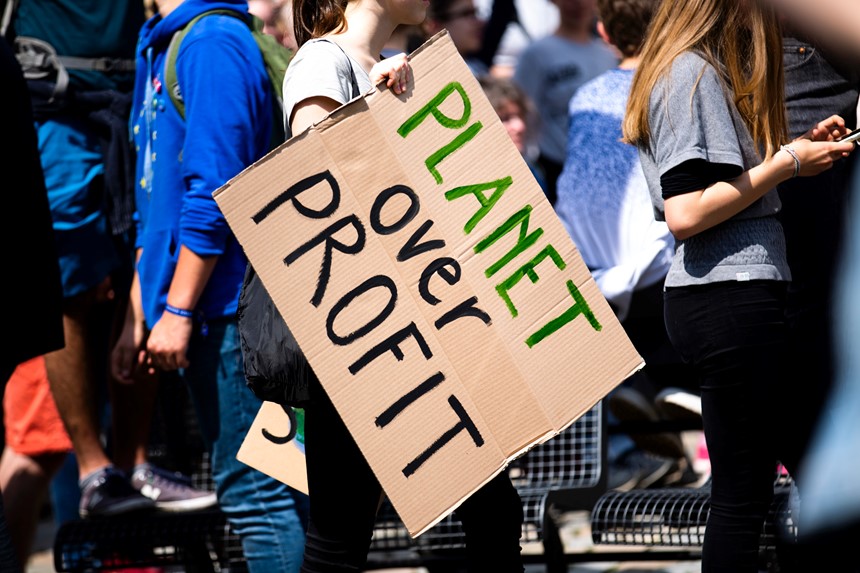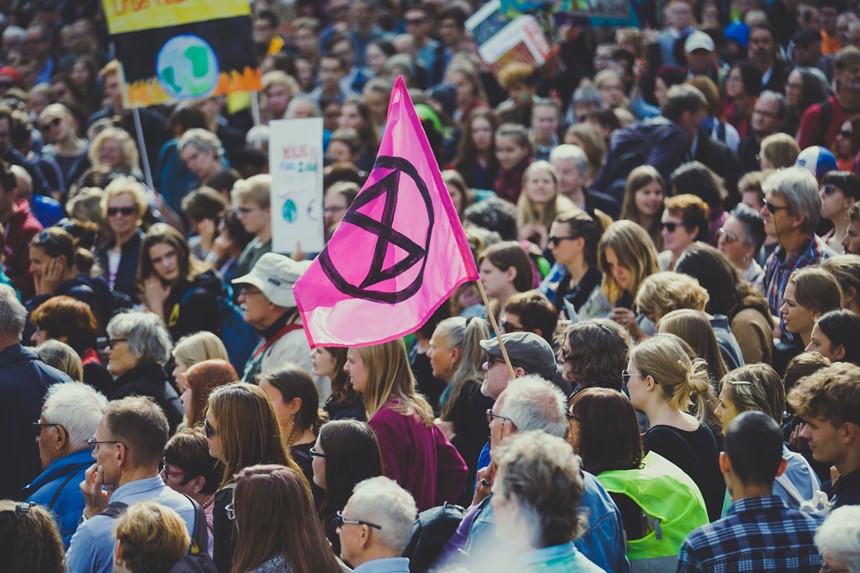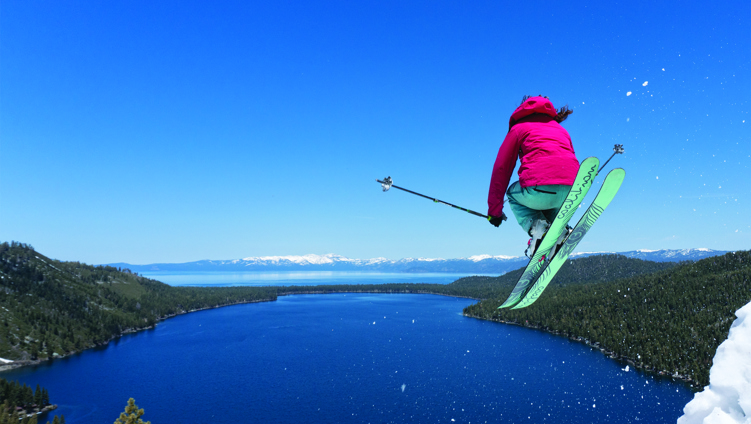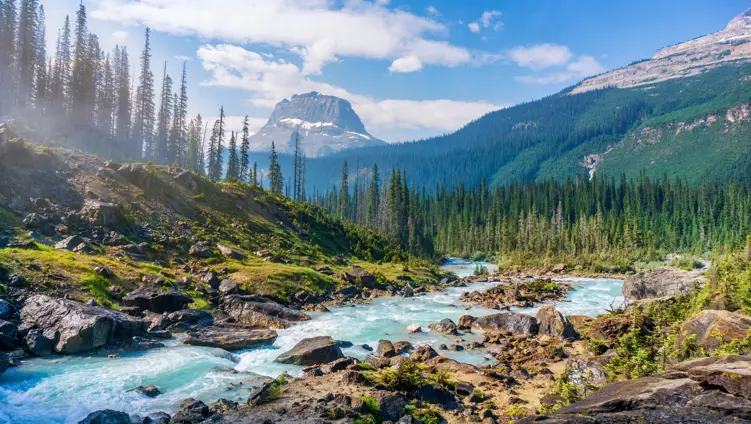The first sparks of a new protest cycle are always strangely clarifying. It is as if, somehow, a new logic has supplanted the old, and what made sense before has now been rendered nonsensical. Social movement theorists call this a “new master frame”. Political scientists call it “hegemony”. Either way, we had found the tools to express it. After decades of decline, the climate movement was alive and kicking. “Did you see that?” an excited onlooker shouts. “It’s life! There is life here, I’m telling you!”
It is often said that every revolution seems inevitable only in retrospect. “The crisis was insurmountable,” a historian will tell you. “The people were angry, the old regime was bound to fall.” So, it did not surprise you at all, then? That the system collapsed and everything changed? He looks offended, “No, of course not.” Doubles down. “In fact, in my scholarly opinion, the only surprising thing about the revolution is that it had not happened sooner.” But is this true? Is the revolution only inevitable with the benefit of hindsight? What about all the people who knew about it before? Who had dreamt about it, worked towards it, had sacrificed everything to make it happen? We forget how inevitable it can feel in the moment, in the midst of a protest. How close the future seems from the top of a barricade.
Of course, many revolutionaries have been wrong about the inevitability of their own revolutions, and many sober activists have had their heads turned by an excitable crowd. “We are the future,” shouts a young activist into her megaphone, “we are the future demanding to be heard.” What happens, then, when we lose? Does the future disappear? Or is it simply delayed?
After every defeat, we comfort ourselves with the same familiar lie: it is possible to continue like this. “Nobody is listening anymore, your tactics are no longer working, but you should continue nonetheless.” The familiar refrain on the left is, “Don’t mourn, organise.” Don’t mourn? Why not? Something has died, hasn’t it? Strangely enough, the original expression is borrowed from a telegram written by Joe Hill just before his death. “Don't waste any time mourning. Organise!" he wrote to his comrade Bill Haywood. He followed this message with a second telegram: “Could you arrange to have my body hauled to the state line to be buried? I don't want to be found dead in Utah.” Some distractions from organising are clearly worth doing. The reproach to “organise” has always struck me as an odd response to defeat. I much prefer the words of the Chartist poet W. J. Linton. “Chartism is indeed dead,” he wrote during the decline of the Chartist movement. “Bury it decently, and go home to think what next is to be done.” Bury it decently, yes. But why is that always so hard to do?












